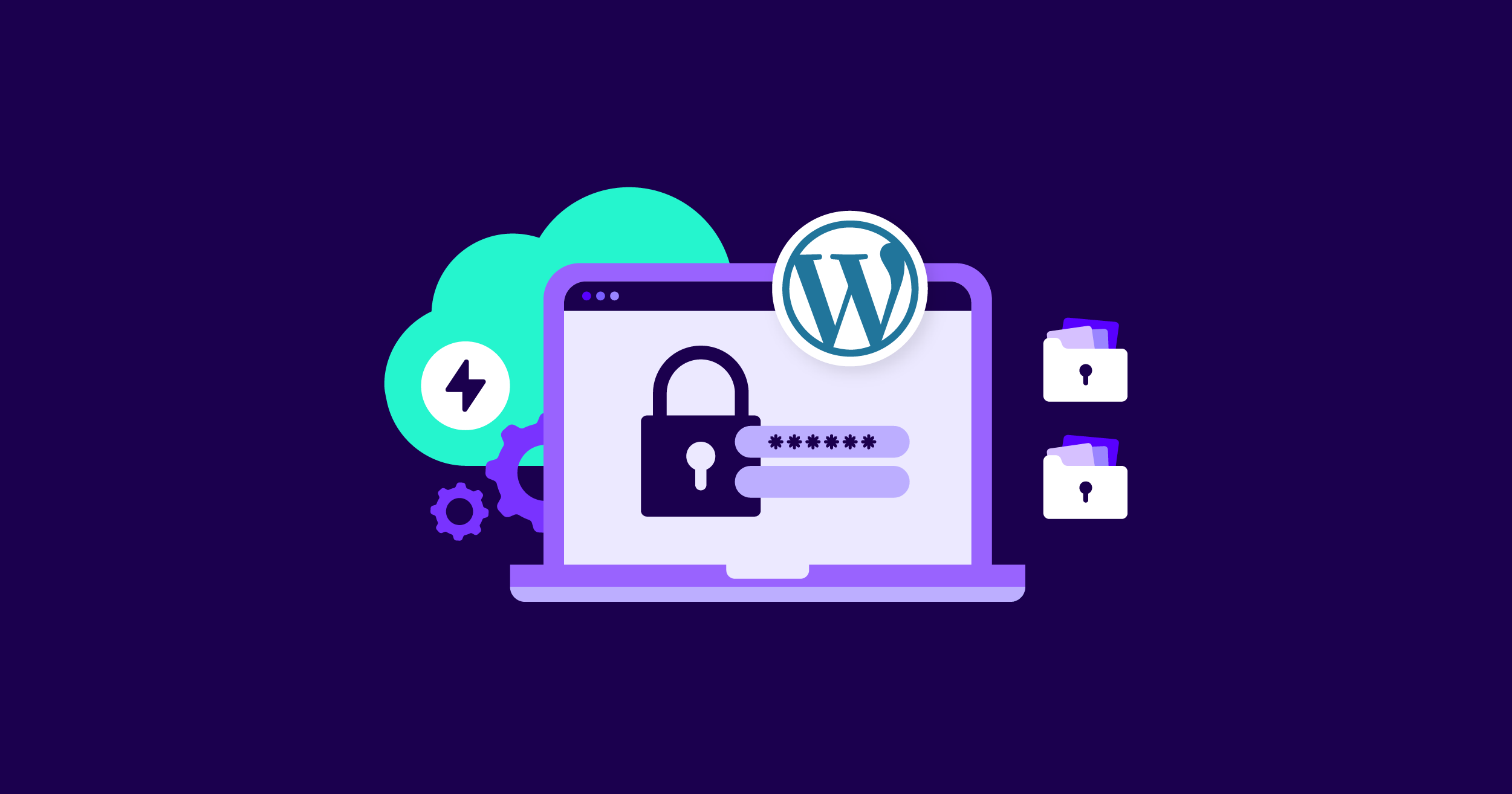With the world changing its data storage methodologies and moving to cloud storage, things have become more transparent and safer for storing and accessing files in the easiest way possible. However, most things that are free come with drawbacks, which could be dangerous for your business. Cyber-attacks and deadly viruses can wipe out your servers and lead to a permanent loss of data.
Regular occurrence of these threats has resulted in companies opting for DDoS protection enabled servers to protect their data from virtual attacks. With both internet and hackers evolving, it has become crucial now more than ever to employ means to mitigate such attacks. Thus, let’s take a closer look into the world of DDoS attacks, dangers, and steps required to mitigate such attacks.
What is a DDoS attack?
DDoS attack or Distributed Denial of Service attack is aimed at making any service unavailable by flooding it with millions of requests. A DDoS attack can also be carried out using hacking or insertion of a virus into the host to gain access to its services and functions. Such attacks can be triggered by a single system and can affect millions of personal electronic devices such as computers, smartphones, tablets, etc. This denial of services from your device could be in the form of
• Hacking webcams and other video peripherals.
• Hijacking ports and other wireless authentication connections.
• Restricting or blocking the use of the internet by any kind.
• Overloading ports to make them unusable.
Methods of DDoS attacks
The attackers or hackers have evolved over the years and developed multiple ways to carry out DDoS attacks. The end goal will always be to flood your servers and shut down your service. Hackers resort to different techniques to carry out the attacks making it difficult to determine the source of the attack and counter it in a shorter period. The different types of DDoS attacks can be as following:
• Volumetric attacks
Every company is aware of the average visits their website receives, and they have servers capable of dealing with a certain amount of traffic. So, exhausting your bandwidth is not a difficult task, and with millions of requests directed to your server at the same time, your server will be down within no time. Using ‘botnet” i.e a collection of interconnected devices, thousands of infected devices with malware will start hitting your page, bringing it down in a matter of minutes.
• Protocol attacks
Instead of sending millions of requests or redirecting malware to one particular webpage or system, the IP connection of the site is clogged. The ping that a website might send to receive data is clogged by fake IP addresses that never really send back any information. Either the site never loads or responds with vast sums of unnecessary information. It not only restricts the use of the site but also impacts resources in completing other tasks. Such an attack may need a significant amount of overhauling to rescue the web server.
• Application layer attacks
The internet is built upon seven layers — each layer serving its purpose and following different protocols to carry out its functionality. The seventh layer of the internet is known as the application layer, where all the HTTP and SMTP (Simple Mail Transfer Protocol) communications from email to web browsing is carried out. DDoS attacks on application layer mimics the real activity of humans to consume all the resources. This makes the server useless and takes down your services.
Why Is Protection From DDoS Attacks Required?
DDoS security is vital because DDoS attacks disrupt the standard functionality of web servers and cause billions of dollars in damages and repairs. Hackers around the world easily send ransomware through emails and IP addresses. Over the years, the frequency of DDoS attacks has increased with about 43 per cent of the attacks targeting smaller cyber businesses. It is estimated that about 124 billion dollars will be spent by the end of this year on repairs and upgrading servers of companies to protect their connection and data from such attacks. Thus, DDoS security is vital and crucial for any company to avoid landing in a situation which can damage their company forever.
How To Mitigate DDoS Attacks
So, the crucial question that arises is how to fight DDoS. Unfortunately, the answer may not be simple and straightforward. By nature, DDoS attacks due to its different nature are challenging to handle and bring under control. The best line of action to fight DDoS would be to analyse incoming data, block spam messages, and malicious requests of sorts. However, let us take a closer look at different approaches to mitigating DDoS attacks.
1. Check whether you are under attack.
It is decisive to know whether you are facing excellent or bad traffic. The good traffic is your customers, and the bad traffic is the DDoS attack. The DDoS protection that you may opt for should have the potential to distinguish between good and bad traffic.
2. Redirection of bad traffic.
Redirection of bad traffic away from your server is crucial. More significant the quantity of bad traffic, higher are the chances that the server will crash. Redirection is the step where your mitigation plan comes into effect. The strength of your servers and operation centre is tested in sending the bad traffic away and protect the system from any threat. Failure to do so can cause the system as well as the operation centre for your servers to crash down. In case of the service fails, deep packet inspection service come in handy in differentiating the good from the bad.
3. Make full use of your resources.
Protection for your servers and operation centres is vital, and various services come with different features that may suit different requirements. DDoS protection can work according to the user’s commands and can be toggled on/off. However, choosing the right kind of protection is vital. It might be based on the type of business and the hardware being used. The DDoS protection provider should fully maintain cloud services and provide an extra level of care, and issue alerts in case of a DDoS attack.
There are several prominent service providers that offer DDoS protection services. You can opt for any of the top DDoS protection service providers depending on your requirement and the allocated budget. However, in most cases, you will need IT experts to implement it. This would alleviate you from any concerns that you might have in purchasing and setting up DDoS protection.
If you are setting up a new website altogether, then you must look for web hosting plans that are integrated with DDoS protection tools. Do let us know your experience with DDoS attacks and how you have mitigated the disaster in the comments section below









